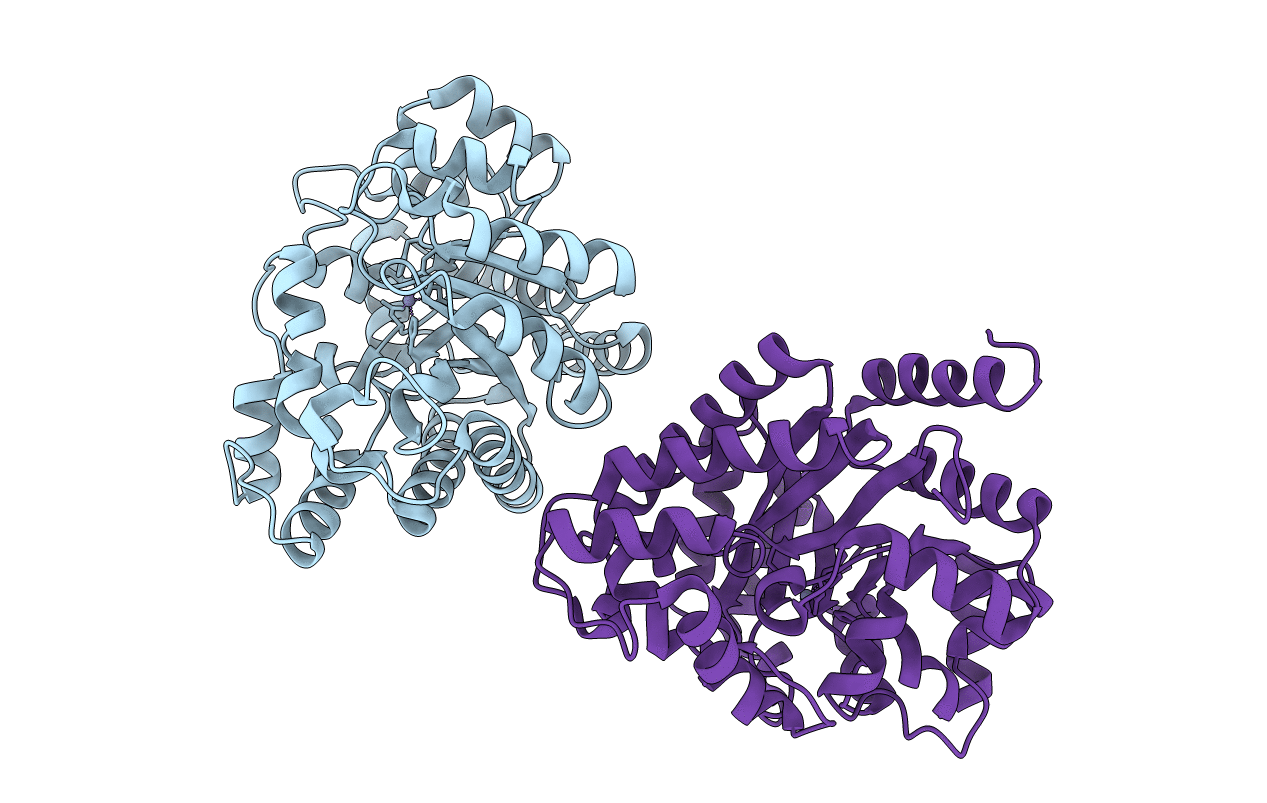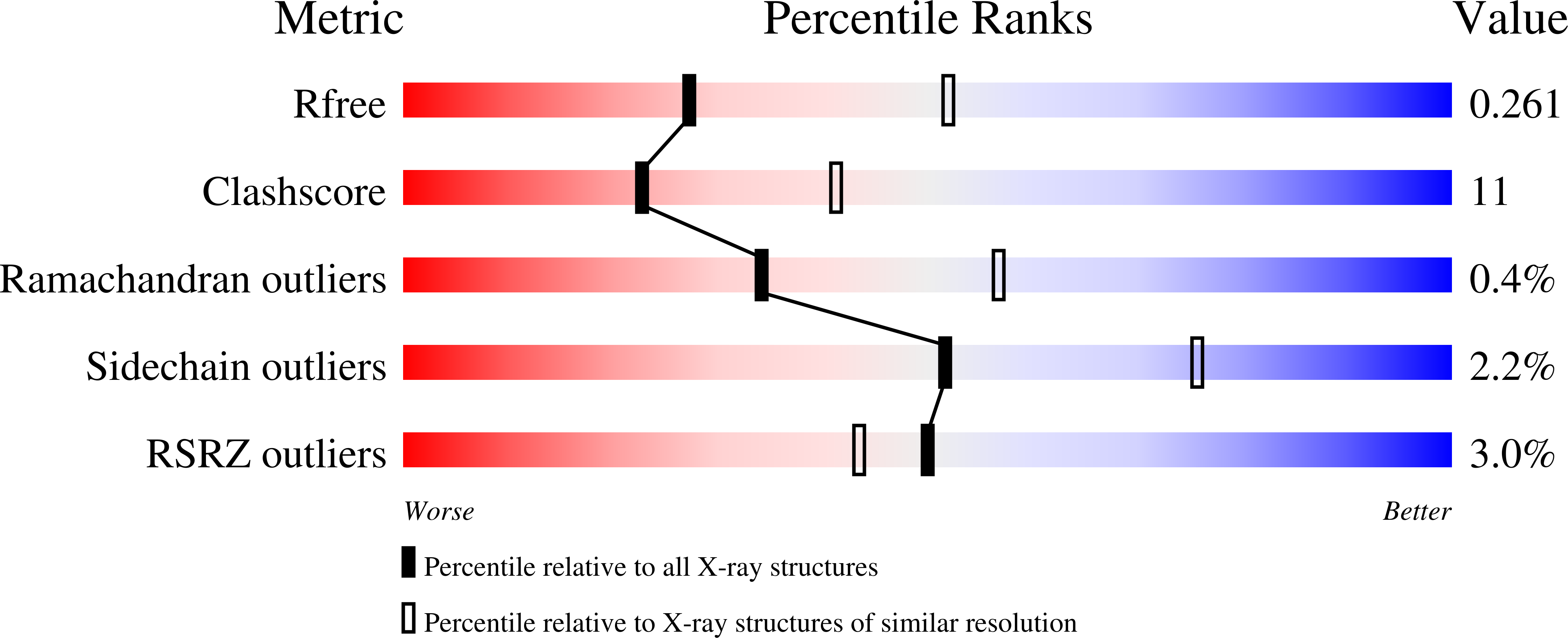
Deposition Date
2021-08-13
Release Date
2022-01-12
Last Version Date
2023-10-18
Method Details:
Experimental Method:
Resolution:
2.59 Å
R-Value Free:
0.26
R-Value Work:
0.20
R-Value Observed:
0.20
Space Group:
P 1 2 1


